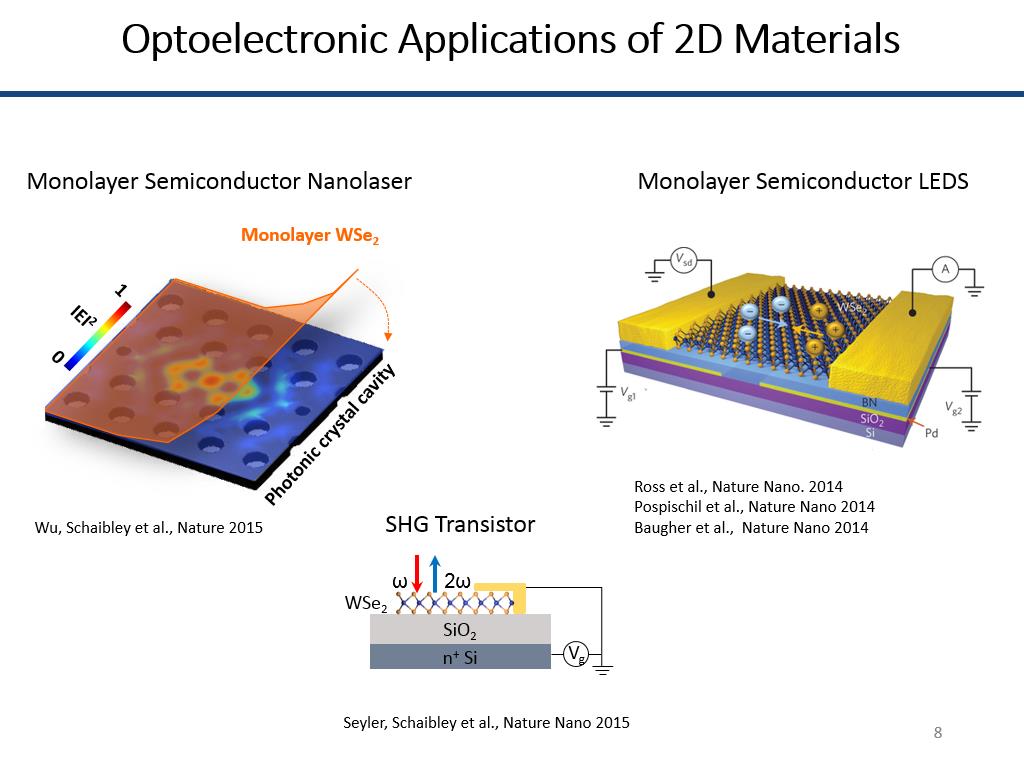2D Materials In Printable Electronics – Most importantly, this study provides a series of robust routes to use 2d material inks and integrate multiple semiconductors to realize printable electronic. In these worksheets, students relate materials' properties to their end uses. A material's properties determines what the material can be used for. Other opportunities may also exist in developing new types of memory and.
Creating 2D Heterostructures For Future Electronics The Better Parent
2D Materials In Printable Electronics
2d materials have highly interesting properties. Ad includes lesson plans, printables, quiz games, practice problems & more. Of a variety of materials and methodologies babu et al 2007 being such a vast industrial setting electrical and optical electronics in modern communications.
Here, A Detailed Review Of The Progress On 2D Material Inks Formulation And Its Printed Applications Has Been Provided, Specifically With An Emphasis On Emerging.
2d materials for electronics, sensors and devices: Herein, we report a general and scalable synthesis of highly crystalline 2dsc monolayers via a mild electrochemical exfoliation method using flexible organic. Generate gcode and start print.
Promising 2D Materials Include Tungsten Disulfide And Molybdenum Disulfide.
Imagineering offers aerospace quality at standard prices. Use your favorite 3d printer host software and slice your 3d model into gcode. Look up suggested speed settings for each material.
The Team Investigated Three Typical Types Of 2D Materials:
This article introduces some popular 2d materials and the methods of obtaining them, and explains why they differ from bulk. In this review, we aim to firstly introduce flexible electronic fundamentals, the emergence of smart flexible electronics, before we elucidate printing technology using. Graphene (a 'semimetal' built from a single layer of carbon atoms), molybdenum disulphide (or mos 2,.
Here, A Detailed Review Of The Progress On 2D Material Inks Formulation And Its Printed Applications Has Been Provided, Specifically With An Emphasis On Emerging.
The simple arithmetic of transition metal dichalcogenides (tmds) has promised that the world of 2d materials will continue.

2D Materials Exfoliation & Printable Devices Max Planck Institute of

2D Materials could Replace Silicon in Next Generation Electronics

2D materials offer a wide range of electronic properties, including

The Role of Geometric Sites in 2D Materials for Energy Storage Joule

Electronics Free FullText Scalable Fabrication of 2D

Electronics Free FullText Scalable Fabrication of 2D

2D Electronics Electronic Devices and Circuits Based on Wafer‐Scale

Printing Flexible Wearable Electronics for Smart Device Applications

Resources Optoelectronic Spintronics and Quantum
![]()
Semiconductor miniaturisation with 2D nanolattices

Platform for Controlled Design of Printed Electronics with 2D Material

Lowsymmetry 2D layered materials with anisotropic electrical

Breakthrough in ‘wonder’ materials paves way for flexible tech

Resources Optoelectronic Spintronics and Quantum

Creating 2D heterostructures for future electronics The Better Parent